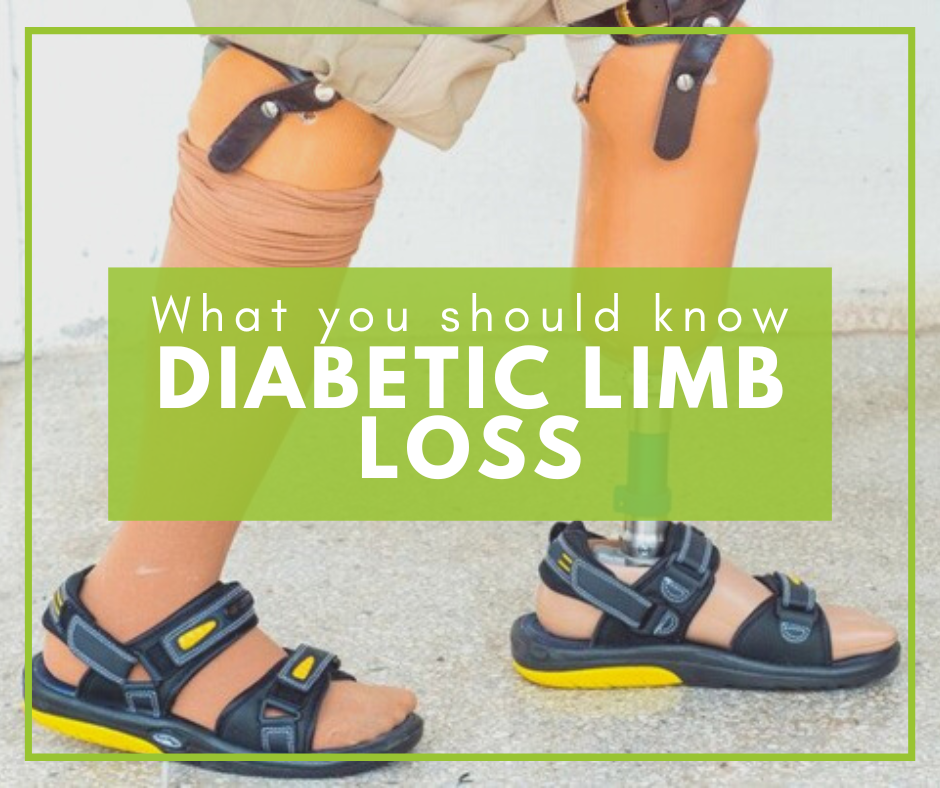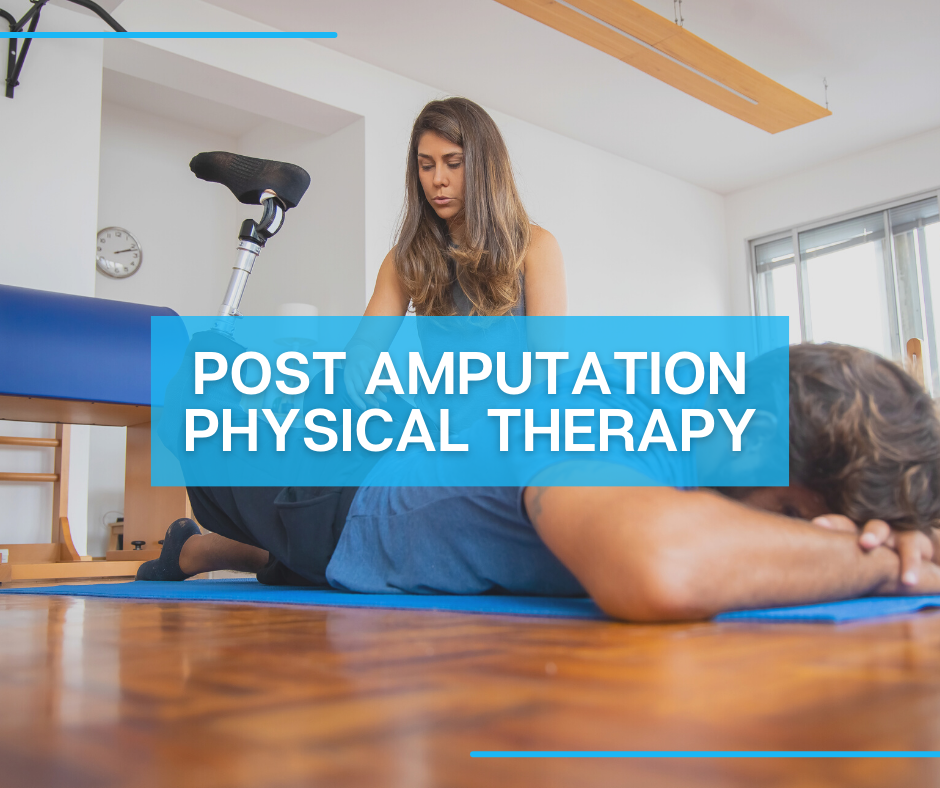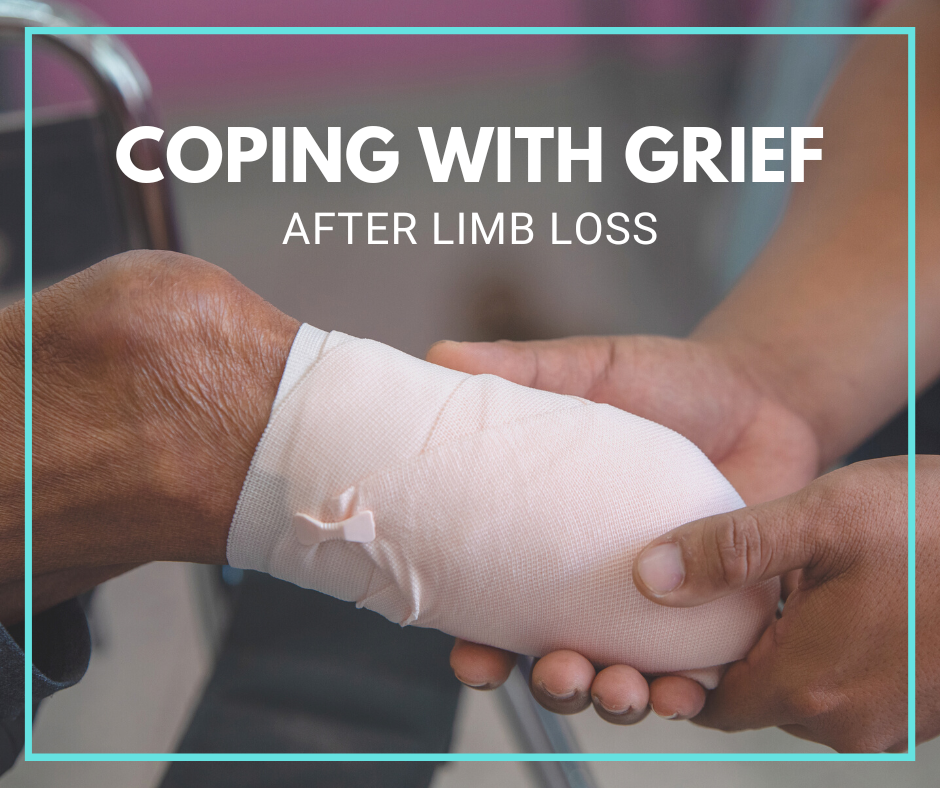

Diabetes is a condition in which your body cannot produce the insulin that's needed to moderate your blood glucose levels. When you begin to experience a disruption in your natural metabolism of carbohydrates, your body begins to have increased levels of glucose in both the urine and the blood, thus resulting in diabetes.
Unfortunately, you won't always feel any symptoms of diabetes, at least not right away. It's vital to see your physician every year to get blood work done and have your glucose levels checked. If left untreated, diabetes can cause a wide variety of additional health concerns, including kidney damage, heart disease, nerve damage, and limb loss. Read on to learn more about the link between diabetes and limb loss.
The Effects of Diabetes on Your Limbs
One of the most serious complications caused by diabetes is referred to as diabetic limb loss, which is something that can happen as your condition worsens over time. Approximately five out of every 1,000 individuals suffering from diabetes will require a lower extremity amputation, per a 2014 National Diabetes Statistics Report.
Fortunately, there are options that can be customized to fit your lifestyle following an amputation. AOD Prosthetics and Orthotics has the latest in prosthetic limbs tailored to suit a variety of lifestyles. There are many styles you can choose from.
But first, let's explore why diabetic limb loss happens and what symptoms to look out for. Keeping yourself in the loop is the first step in limb loss prevention!
What Is Diabetic Limb Loss?
Diabetic limb loss occurs when your system undergoes a disruption in the flow of blood through your arteries. This is known as peripheral artery disease, or PAD. It includes a thinning of your arteries, thus limiting the amount of blood necessary for keeping your feet and legs healthy and safe from further harm.
PAD may lead to other complications such as open sores or ulcers. You might even experience infections which are serious enough to lead to gangrene. All of these physical problems are the result of a lack of blood flow to your lower limbs. This lack of blood flow can increase numbness in your limbs, making it much harder for you to feel any sensations in that area.
This is when you experience diabetic neuropathy, which involves the lack of feeling in a certain limb. This is also due to blood flow that has been seriously limited due to diabetes.
Neuropathy and its Impact on Nerve Function and Limb Loss
Neuropathy is best described as significant nerve damage which results from increased levels of sugar in your blood that destroy blood vessels. This can significantly impact your nerves and lead to that loss of feeling in the affected areas, which are typically your legs and feet.
You won't necessarily feel any sensations such as pain or movement, which can be dangerous in some situations. If you can't feel anything, then an injury or an ulcer may not be treated in time. That's why it's important to check your feet and legs for any cuts, burns, or bruises in order to prevent the possibility of gangrene and a potential amputation of the affected limb.
What to Look for When Checking Your Feet and Legs
It's important to do an inspection of your feet and legs at least one time per day. This inspection should include looking for all cuts, big or small, plus any ulcers or other injuries. Even bruises and other abrasions should be noted when found.
There are other areas to cover when you do a daily check of your feet and legs. You should look for any toenail injuries and note anything unusual or suspicious. Blisters, calluses, and white spots should be reported immediately to your doctor. Other issues such as plantar warts and ingrown toenails also need attention. Any discoloration could be an indicator of a significant drop in blood supply.
What You Can Do to Minimize the Possibility of Limb Loss
There are preventive steps you can take to keep your limbs as healthy as possible. For instance, you can wear protective shoes to help keep your feet comfortable and safe during normal walking. These special shoes require a doctor's prescription and can be covered by most insurance, including Medicare. They offer complete protection over your entire foot in an effort to protect them from anything that could lead to a serious injury.
Another solution is to make regular visits to see your doctor. They can help you with your questions and concerns and will even work out a continuing treatment plan for you. That plan will include working on diet, exercise, and weight loss. They may also adjust your medications as needed and show you how to check your feet for cuts, warts, and dead tissue.
If an infection does happen, there are initial steps your doctor can take other than a complete limb amputation. They can do surgery to remove old, dead, and damaged tissue or prescribe an antibiotic to ward off the infection. In some cases, a foot topical can be applied. In other cases, a special procedure known as revascularization can be done to improve circulation to that limb.
Lifestyle Changes
There are certain lifestyle changes you can make to reduce the likelihood of diabetic limb loss. One is to cut out sodas and sugars. You can also move around more and increase your daily exercise routine—a minimum of 30 minutes per day is highly recommended for best results. Regular blood pressure checks can help ensure that you have proper circulation and that there is no PAD to worry about.
Unfortunately, there are occasions when holistic measures such as diet and exercise don't work. In instances when all other treatments have failed, limb amputation may be the final solution.
Factors Which Contribute to Diabetic Limb Loss
There are factors that may increase your risk of an amputation. One is having a family history of diabetes. That alone is enough to warrant a cause for concern and a routine trip to the doctor for blood sugar monitoring. This can help ward off any possibility of a potential lower limb amputation.
Other factors include open sores, bunions, and infections. When you have been diagnosed with diabetes, getting your legs and feet checked becomes a must. Washing your feet thoroughly can help prevent a serious infection that could lead to an amputation down the road.
What to Expect
The good news is that amputation can be done in a way that doesn't limit your life—and that's where AOD Prosthetics and Orthotics comes in.
Your operation will typically require a stay in the hospital. After the procedure, you may end up staying for a few days under observation. Vitals and blood work will be assessed, and you will need frequent wound cleansing and dressing changes.
Recovery takes time after any operation, especially an amputation. You may need weeks of ongoing support, along with intense physical therapy, just to get you back on your feet again. Our team can help support you through the prosthesis stage, fitting you with the right prosthetic limb for your specific lifestyle and needs.
Can Diabetics Wear Prosthetic Limbs?
Most people who receive an amputation due to diabetes complications will use a prosthesis. You will need to be evaluated and declared an eligible candidate for a prosthetic limb, however. The next step of being fitted for a prosthetic limb will generally happen after you've healed from your procedure.
Staff at AOD Prosthetics and Orthotics can work with patients from all walks of life, from small children to seniors. Before making the prosthesis, the patient is evaluated. Questions are asked about lifestyle, work, hobbies, and level of physical activity. This gives our team a chance to design a custom limb that's right for you.
We offer a variety of prosthetic limbs from which to choose. We have limbs that can help you walk as if they were natural. This is thanks to special microprocessor technology that allows each limb to be specially programmed to bend, flex, and move in the most authentic way. Fingers can grip, toes can move, and dexterity is possible in every corner. But this is only the beginning.
Next, getting adjusted to your brand-new prosthesis should be your main goal. Your doctor may require physical therapy just to get you familiar with the use of your new limb. Our team at AOD Prosthetics and Orthotics can answer your questions and address your concerns as you go through the recovery and adjustment process.
If you or a loved one is dealing with diabetic limb loss, contact AOD Prosthetics and Orthotics in San Antonio, TX, to find out how we can help make the process a smoother one.
Treatment & Planning for Tomorrow
AOD Prosthetics & Orthotics combines the highest technology available with the best patient care. Bilingual mobile prosthetic service in San Antonio. Serving amputees and improving their quality of life.

All Rights Reserved | AOD Prosthetics & Orthotics | San Antonio, TX


